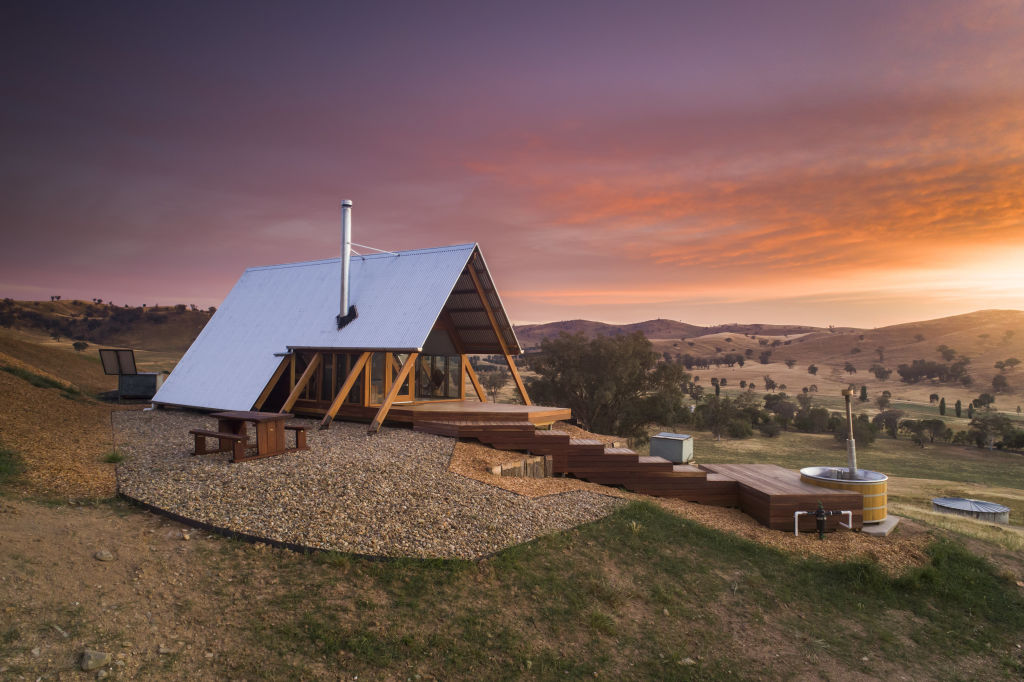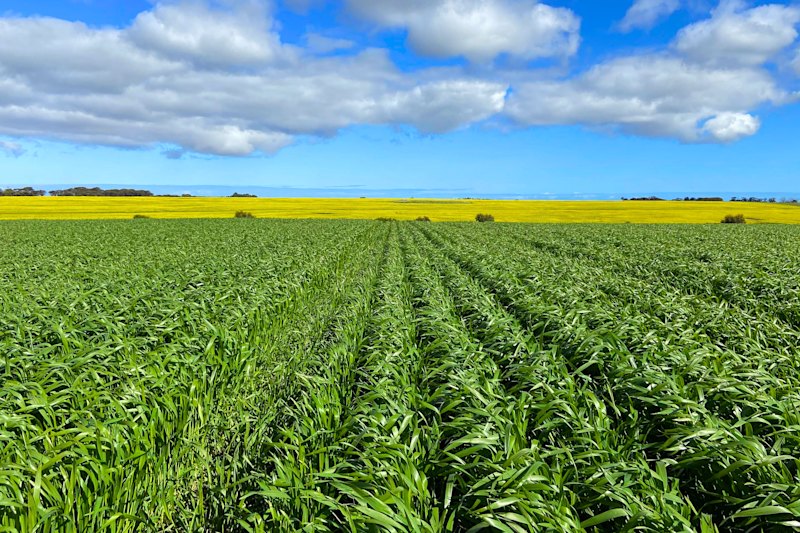
Pandemic helps agritourism boom in many rural areas
The COVID-19 pandemic may be hampering supply lines and shrinking overseas markets for farmers, but for many it’s led to a surprise upsurge in the popularity of agritourism ventures such as farm stays, tours and speciality food drives.
“We’re flying high,” said David Ferguson, who offers a variety of tourist accommodation on his 2800-hectare sheep and cattle farm just outside Gundagai, on the Murrumbidgee River in NSW.
“We’ve more than doubled our Instagram following during COVID from 50,000 to 110,000, taken on six casual staff and one full-time, and our accommodation is booked solid.
“We’re now probably getting to a similar turnover for our accommodation and weddings as for our farm – but it’s much more profitable than farming! Australians last year spent $65 billion on overseas travel, and if rural areas can pick up even a third of that, then that’ll be a huge boost for everyone.”
Mr Ferguson, 42, is by no means alone, either. In Queensland, agritourism is forecast to be worth about $5 billion to the state economy by 2030.
Local dairy farmer Kay Tommerup doesn’t doubt it. She had a booking the other day from a family who usually travel to Africa for their holidays every year, but have decided to visit rural Queensland instead.
“And when the Queensland borders open up to everyone else interstate, you never know what’s going to happen,” she said. “I think people are now looking for farm stays and enjoying the simple pleasures of spending time with family, and open space.”
For the sixth-generation Tommerup’s Dairy Farm and Farm Stay, in Queensland’s Scenic Rim region west of the Gold Coast, agritourism has proved a godsend. Times became so tough following deregulation in 2000 that if Kay, 43, and her husband Dave, 51, hadn’t diversified into accepting visitors, she thinks they mightn’t have been able to continue.
Agritourism, defined as the act of going to a region to visit a farm or food-related business, is these days big business, and all the signs are that it’s growing strongly.
Australian Regional Tourism says about 1.8 million domestic and international tourists visited Australian farms in 2015-16, and that figure has grown by 9 per cent each year since, with the sector currently worth approximately $9.4 billion a year.
Chair Coralie Bell said tourism was never going to be the agricultural industry’s bread and butter, “but it can be the cream. It can be the extra income that keeps people going.”
“There’s a real consumer demand for authentic real Australian experiences, particularly during COVID-19, with city people wanting to come to the country and understand how it works.
“There’s a real opportunity there for businesses to diversify and a growing number are.”
According to Tourism Research Australia, between 2016 and 2017 the number of domestic farm gate trips increased by 65 per cent and international overnight farm gate visits by 81 per cent. About 7.36 million domestic and international visitors visited a farm gate or winery during their trip with a total value of almost $11 billion dollars to the Australian economy.
That market potential is seeing a lot of new ventures set up too. In Victoria, Sarah Beaumont, of the Beaufort Progress Association, who runs the Eurambeen Historic Homestead and Gardens in the Pyrenees district, is busy setting up the Pyrenees Farm Gate Trail, with promotions, a map, a brochure and an app.
So far, a number of local producers are keen to take part, including wineries, an edible flowers business, a farm growing olive and caperberries, another specialising in pastured eggs and beef, and a raspberry farm and jam-making enterprise.
“I think, because of COVID, we’ll start having more domestic tourists coming here,” said Ms Beaumont, 64, who hosts wedding receptions in her old woolshed. “COVID has made things hard for farmers and their biggest markets in China are looking pretty risky now too.
“So I think farmers are being very adaptable. We can see there’s more of an appetite now for coming to the country and we want to make it easier for them.”
A Deloitte’s Agritourism Bulletin last year found it was hard to put an exact dollar figure on the size of the sector today. But it concluded that its “growth and momentum is providing producers with new streams of income, direct relationships with consumers, and a greater slice of the value chain. Food tourism also provides a drawcard from which other regional tourism businesses and experiences can benefit.”
At Noonbah Station, a 52,000-hectare beef cattle property in Queensland’s outback Channel Country, Karen and Angus Emmott are also earning extra money from providing accommodation for visitors and showing them the land, its management and wildlife.
“We’ve been really shocked by what a huge success it’s been,” said Karen Emmott. “We had a long period of drought and became lightly stocked, and tourism has allowed us to continue that way. It’s really helped.”










